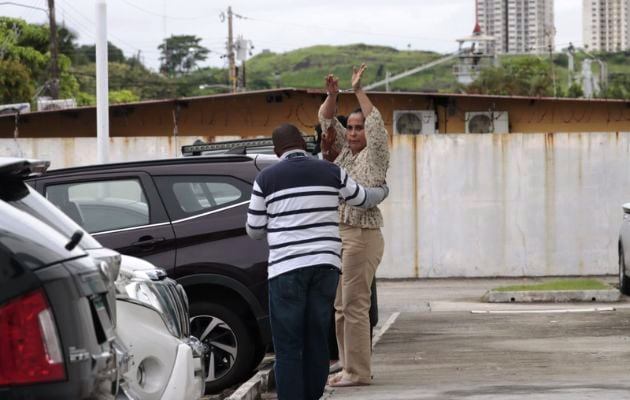Environmental debate on Nicaraguan canal re-ignited

NICARAGUAN scientist Jorge Huete –Pérez has reignited the international debate over the consrtuctionof a Nicaraguan warning that " It could create an environmental disaster in Nicaragua"
"The scientific community is very concerned about the possible impacts of have the construction and operation of the canal ," said the scientist, who had published an article in Nature , the world's most prestigious scientific journal , which has fueled discussion.reports the Efe News agency, the canal through Nicaragua would be the largest infrastructure construction ever built in Central America, with over 300 kilometers long , 500 meters wide and almost 30 meters deep, at a cost of $40 billion dollars , according to government estimates .
The channel would be larger than that of Panama , join the Caribbean Sea with the Pacific Ocean, would have, a road , a pipeline two, deepwater ports , two airports and free zones , according to the plans of the HKND Group , headed by Chinese businessman Wang Jing .
A work like that, depending on the route , could affect at least seven protected areas , plus two biosphere reserves, one of which would be the island of Ometepe in Lake Nicaragua and possibly Seaflower in the Caribbean Sea , and Lakes basin , which includes the San Juan river , the largest river in Central America.
According to data collected by the members of the Academy of Sciences of Nicaragua and demonstrated in various forums , the channel could destroy data about 400 thousand hectares of tropical forests and wetlands, and thus affect the habitat of hundreds of species of flora and fauna, as well as several indigenous and peasant communities cultures, depending on the route you taken.
To this we mustbe added another warning from Nicaraguan scientist in the field of health: all ports in the region, both in the Caribbean and Pacific , have contributed to the outbreak of fever and intestinal diseases and others that cannot be ruled out brought from Asia by the Chinese workers who build the canal.
According to the Center for Research in Water Resources ( CIRA) , the Great Lake that would need to be excavated couldsuffer biological and chemical changes, and sedimentation might affect the natural biological flow of the site, Huete – Perez said
Although there are environmentalists who believe thatt HKND concessionaire will invest enough to reforest the Lakes Basin , to keep the water needed for ships to transit , in the same Academy are experts in environmental studies and nanotechnology on topics of water, who ruled out that option.
" Such considerations do not conform to the ethics or the trend of environmental protection and conservation worldwide , you cannot destroy to see if there are benefits ," he said .
Nicaraguan government data indicates that if the project isdone, Nicaragua 's economic growth at the end of 2014 would be 10.5 % , and 15% in 2015.
The Nicaragua Canal was devised and approved by the government in June 2013 and the entrepreneur Wang announced it will begin construction in late 2014.
" It is impossible to make a serious study , or middle seriousness, in less than two years with hundreds of people working to make a quality assessment ," said the scientist.
The concessionaire HKND Group hired the British firm Environmental Resources Management (ERM ) to conduct environmental impact studies , but these remain a secret.
The Academy has already expressed concerns about the secrecy around a project that could be established anywhere in the Nicaraguan territory , with the assurance that it would cross the, over 8000 square kilometers , Great Lake but only 27. 6 feet deep.






